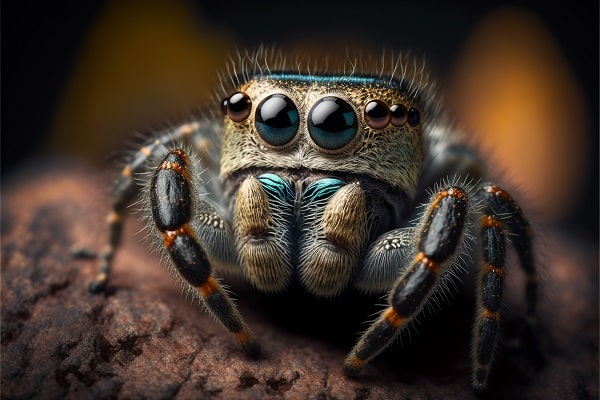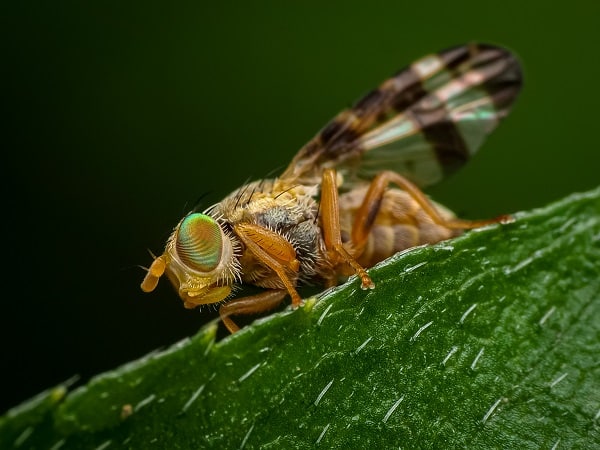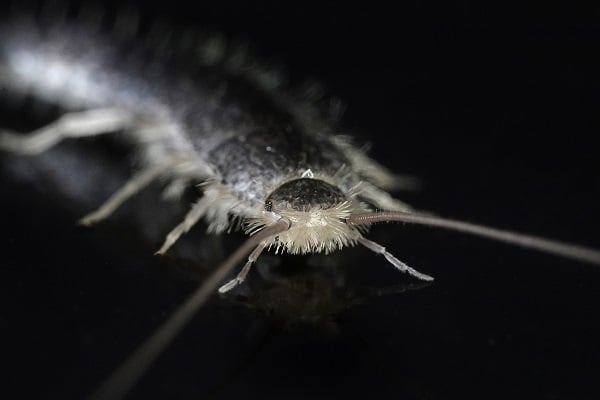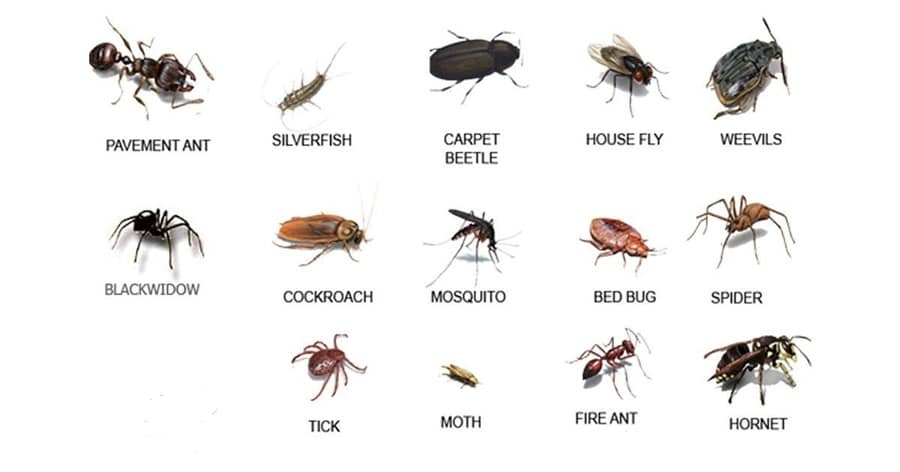Most people view house bugs as mere pests, invaders that must be eradicated. However, these tiny creatures have complex lives and roles in the ecosystem that often go unnoticed. From the misunderstood cockroach to the intricate social structure of ants, house bugs are more than just unwelcome guests. Understanding their behaviors, communication methods, and contributions to the environment can make pest control more effective and enrich our appreciation of these often-overlooked inhabitants of our homes. This article explores house bugs’ fascinating and often misunderstood world, revealing their secret lives and how they interact with their environment.
Contents
The Misunderstood Cockroach

Cockroaches have long been vilified as dirty, disease-spreading pests. However, this reputation is largely undeserved. In reality, cockroaches are highly adaptable creatures that break down organic matter, thereby contributing to the ecosystem. They are also not as disease-ridden as commonly believed; most species of cockroaches in homes are not vectors for disease.
Cockroaches are also surprisingly social creatures. They communicate with each other through pheromones, signaling food sources or danger to their kin. Understanding these communication methods can be crucial for effective pest control. For instance, using pheromone traps can effectively manage a cockroach problem without resorting to harmful chemicals.
The Social Structure Of Ants

Ants are another common household pest that people know little about. Various species of ants can be found in homes, from the harmless sugar ant to the more troublesome carpenter ant. What’s fascinating is that ants have a complex social structure, complete with a queen, workers, and soldiers. This hierarchy is essential for the colony’s survival and testament to their advanced social behavior.
Communication is key in an ant colony. Ants use pheromones to communicate with each other, laying down scent trails to food sources or using different scents to signal danger. This complex chemical communication system allows ants to work together in a highly coordinated manner, whether gathering food or defending their nest. Understanding these behaviors can help in devising more effective ant control strategies.
Spiders: The Silent Predators

Spiders are often met with fear and disgust, but they are some of the most beneficial bugs in your home. Common house spiders, such as the American house spider and the cellar spider, are generally harmless to humans. More importantly, they act as natural pest controllers, capturing and eating other insects like flies and mosquitoes.
The architecture of a spider’s web is a marvel of natural engineering. Each web is intricately designed to capture prey, and spiders even use different types of silk for different purposes within the web. Understanding the types of spiders and their web-making behaviors can alleviate some common fears and help in appreciating these silent predators for their role in our homes.
Fruit Flies: More Than Just Annoying

Fruit flies are often seen as nothing more than a nuisance, buzzing around overripe fruit and spoiling food. However, these tiny insects have a role to play in the decomposition process. They help break down organic matter, turning waste into valuable nutrients for the soil. While they may be annoying, they are crucial to the ecosystem.
The life cycle of a fruit fly is incredibly short, often lasting just a few weeks. This rapid life cycle allows them to quickly adapt to environmental changes, making them highly resilient. Understanding their life cycle can provide insights into how to manage an infestation. For example, removing overripe fruit promptly can disrupt their breeding cycle, effectively controlling their numbers.
The Mysterious World Of Silverfish

Silverfish are one of the oldest insects, having existed for over 400 million years. These nocturnal creatures are often found in damp, dark places like basements and bathrooms. While they may look menacing with their silvery scales and wriggling movements, they are generally harmless to humans. Silverfish feed on carbohydrates, which include everything from sugar to paper, making them a nuisance when they invade bookshelves or pantries.
Understanding the habitat preferences of silverfish can be key to managing an infestation. They are attracted to damp and dark areas, so reducing moisture can make the environment less hospitable. Moreover, they play a role in breaking down organic matter, contributing to the decomposition process. While they may not be welcome guests, they are a part of the ecosystem and have a role to play.
Bed Bugs: The Unseen Vampires

Bed bugs have become a growing concern in many households. These tiny, nocturnal insects feed on the blood of humans and animals. They are often found in mattresses, furniture, and even clothing. While they don’t transmit diseases, their bites can cause itching and allergic reactions, making them a significant nuisance.
The anatomy of a bed bug is specialized for its vampiric lifestyle. They have needle-like mouthparts to pierce the skin and suck blood, and their bodies are flat, allowing them to easily hide in cracks and crevices. Understanding their anatomy and behavior can help in devising effective control measures. For example, using mattress encasements can trap bed bugs, making it easier to eliminate them.
The Curious Case Of House Centipedes

House centipedes are often met with fear due to their numerous legs and rapid movements. However, these creatures are not as menacing as they appear. They are beneficial predators that feed on other household pests like spiders, flies, and cockroaches. Their presence could be an indicator of other pest problems in the home.
While house centipedes may look frightening, they are generally harmless to humans and pets. They prefer to live in damp areas like basements and bathrooms. If you find house centipedes in your home, it may be worth investigating for other pests. Rather than killing them, consider addressing the conditions that attract them, such as excess moisture or the presence of other pests.
The Bottom Line
The secret lives of house bugs are far more complex and fascinating than most people realize. From the misunderstood cockroach to the intricate social structure of ants, these creatures are not merely pests but important contributors to our ecosystem. Understanding their behaviors and roles can make pest control more effective and enrich our lives by fostering a greater appreciation for the natural world. So, the next time you encounter a bug in your home, consider what role it might play in the grander scheme of things before reaching for that can of insecticide.



